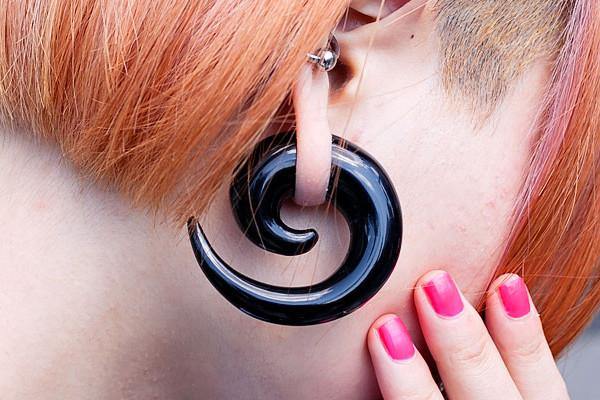Menu
Body Jewelry
Body Jewelry
Body Jewelry
Body Jewelry
Body Jewelry
Body Jewelry
Body Jewelry
Body Jewelry
Body Jewelry
-
Body Jewelry
- Belly Jewelry
- Cartilage Jewelry
- Circular Barbells
- Curved Barbells
- Dermal Anchors
- Ear Weights
- Earrings
- Eyebrow Barbells
- Industrial Barbells
- Labret Jewelry
- Nipple Jewelry
- Nostril Jewelry
- Piercing Tools
- Plugs & Tunnels
- Replacement Parts
- Retainers & Hiders
- Rings & Hoops
- Septum Jewelry
- Spiral Barbells
- Straight Barbells
- Surface Barbells
- Tapers & Expanders
- Tongue Barbells
- Your Piercing
- Our Shop
- Need Help?

